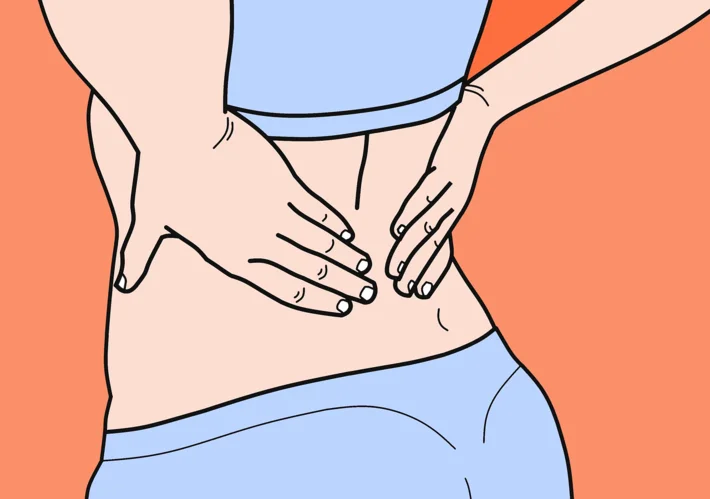
How Physical Therapy Can Help You Stop Suffering From Sciatica
Sciatica, caused by nerve compression, leads to pain, numbness, and weakness. While rest may seem helpful, staying active with the right exercises is key. Physical therapy relieves nerve pressure, restores mobility, and prevents long-term issues. With Luna’s on-demand PT, expert care comes to you for a personalized recovery—without unnecessary medications or procedures.
Read more

















